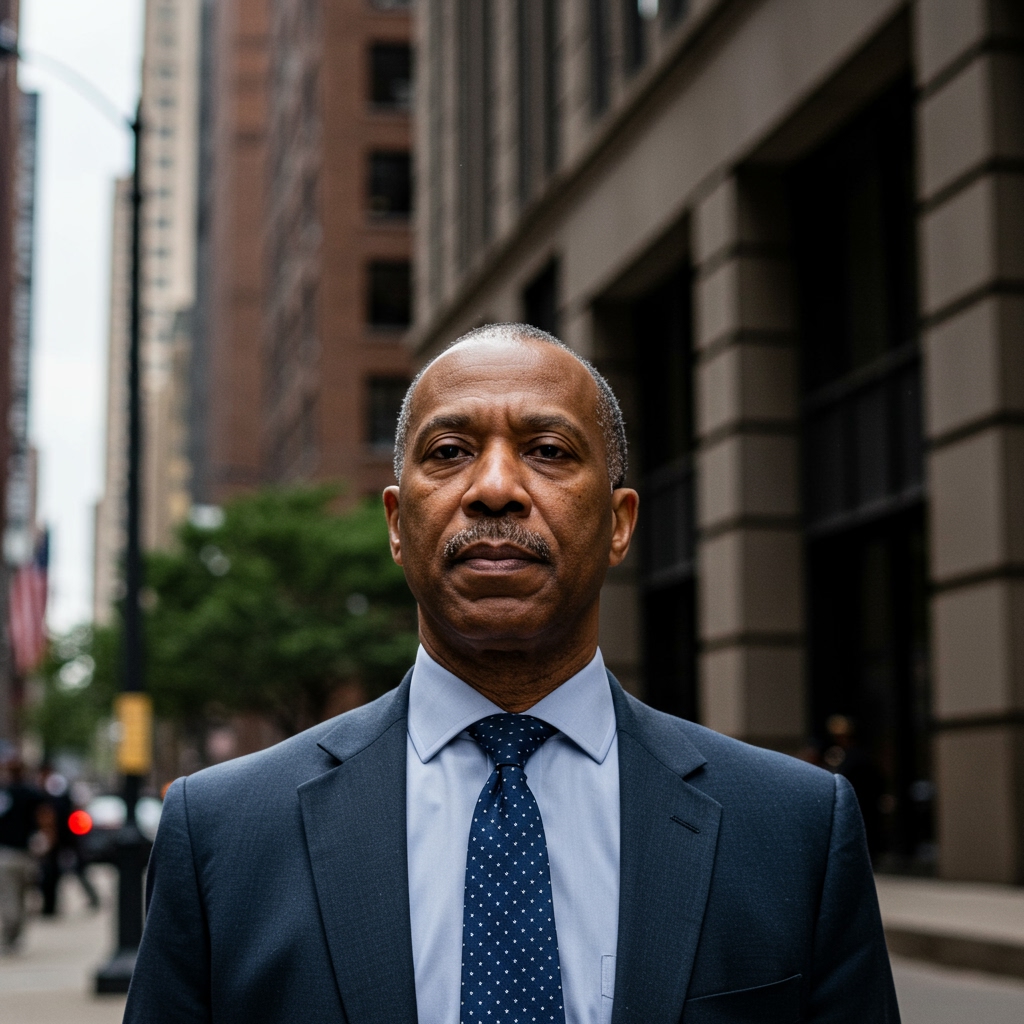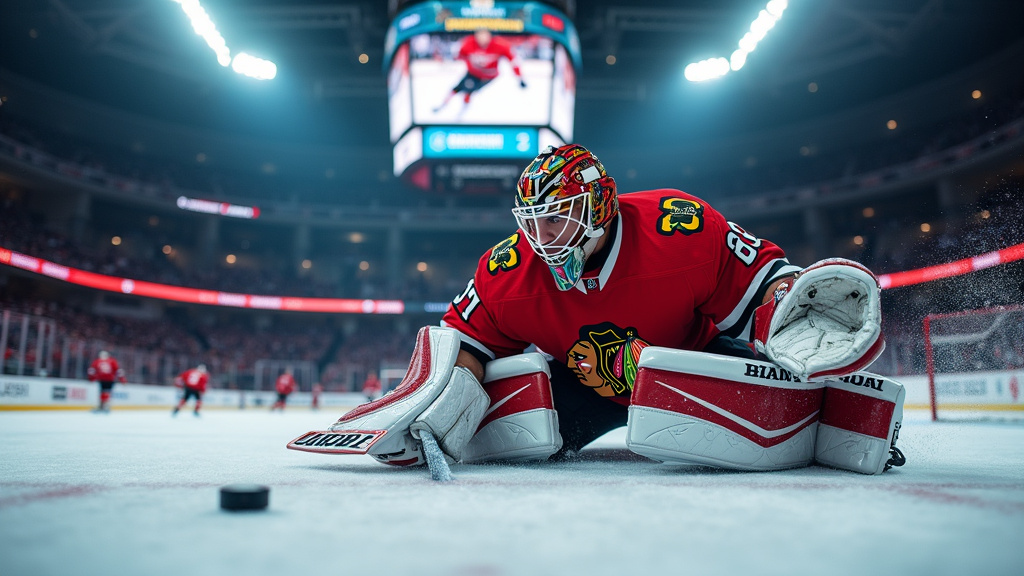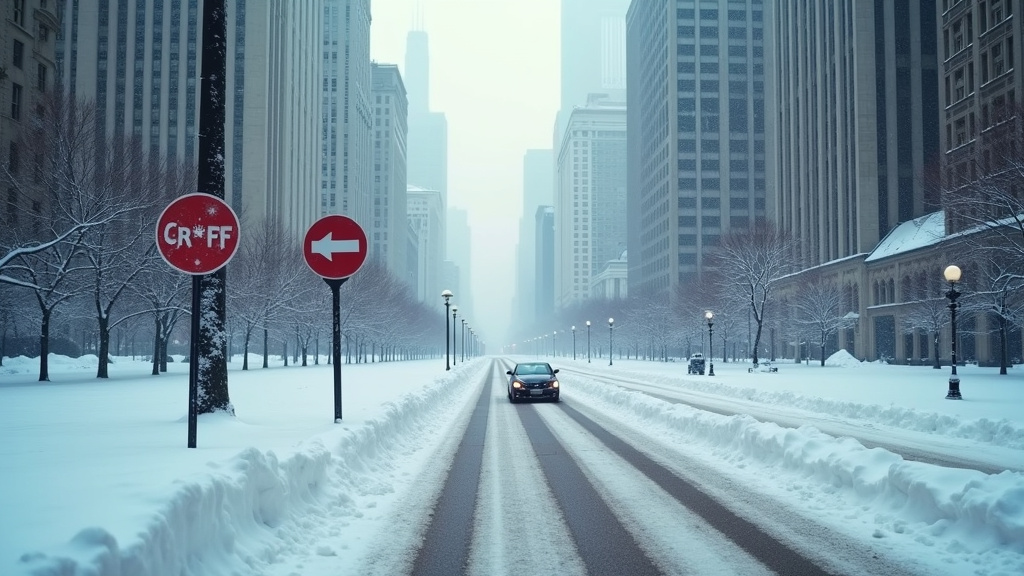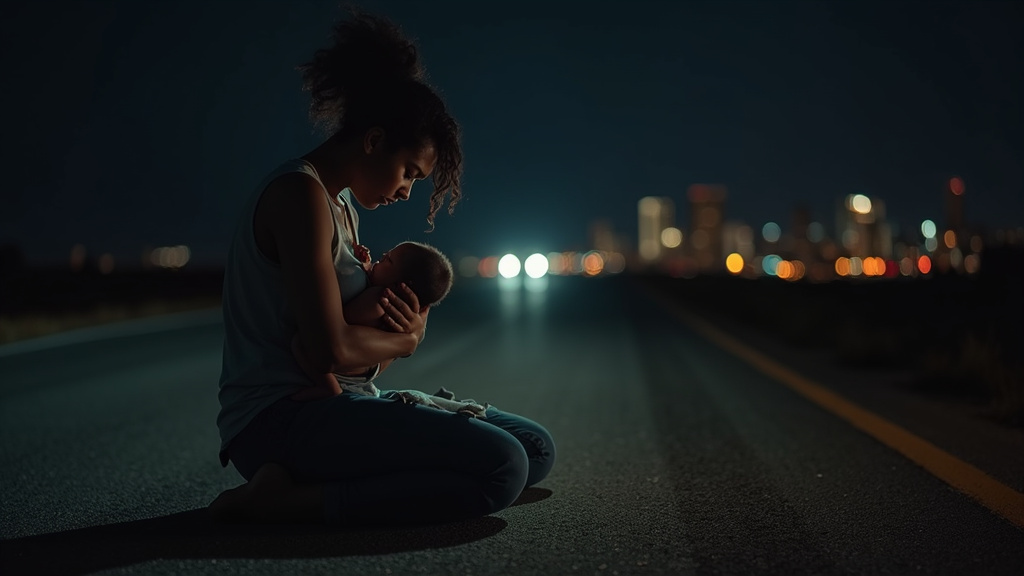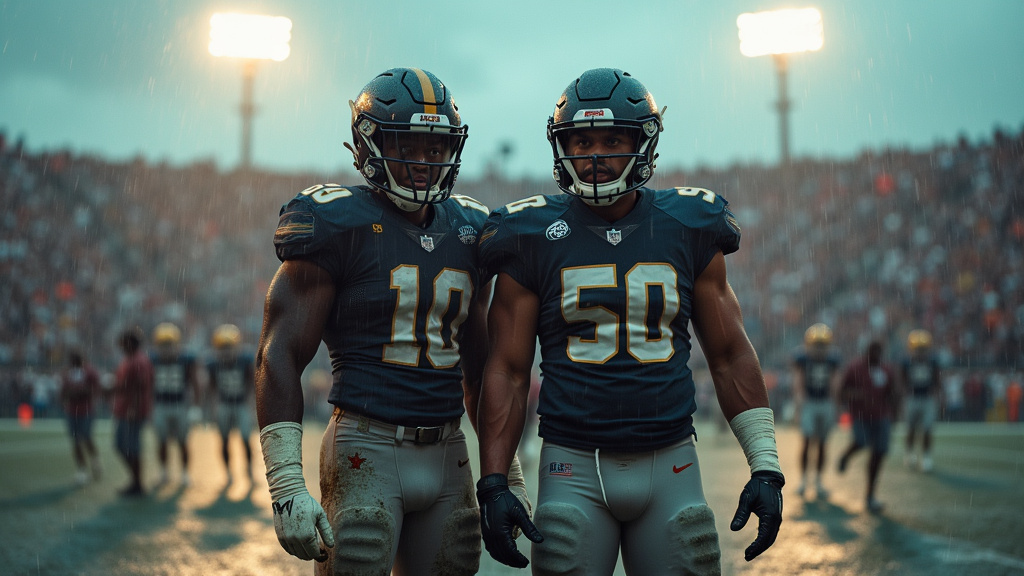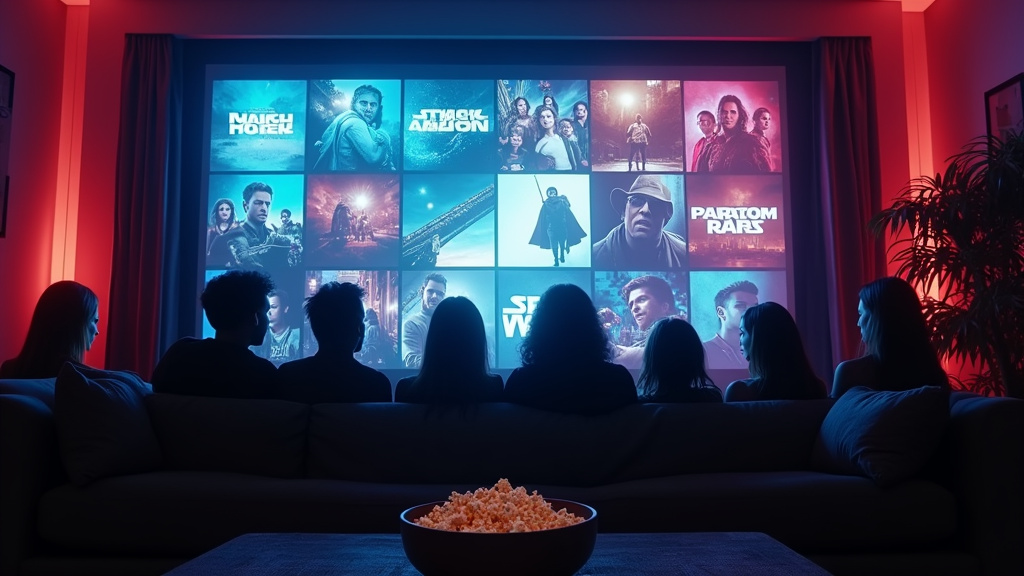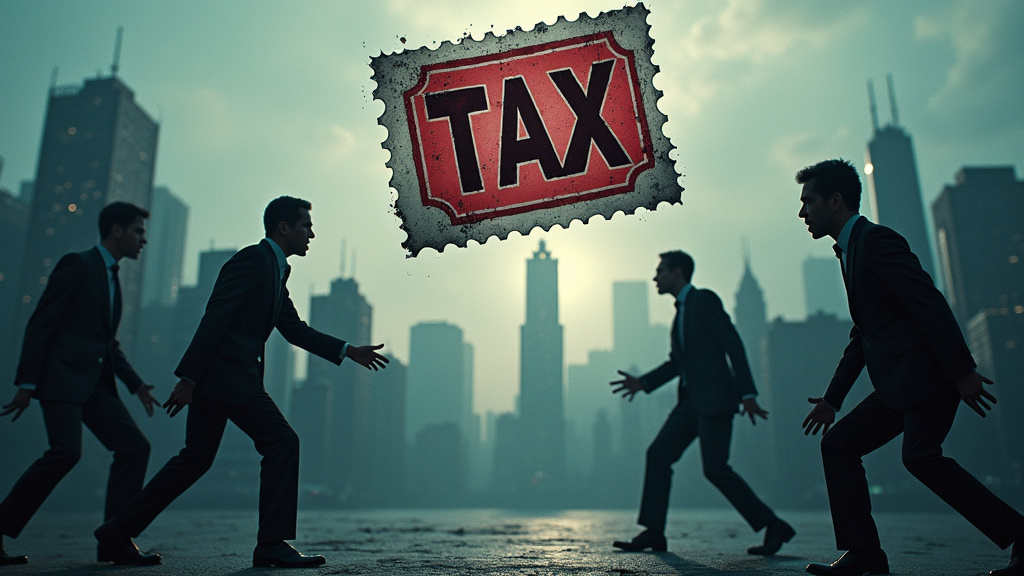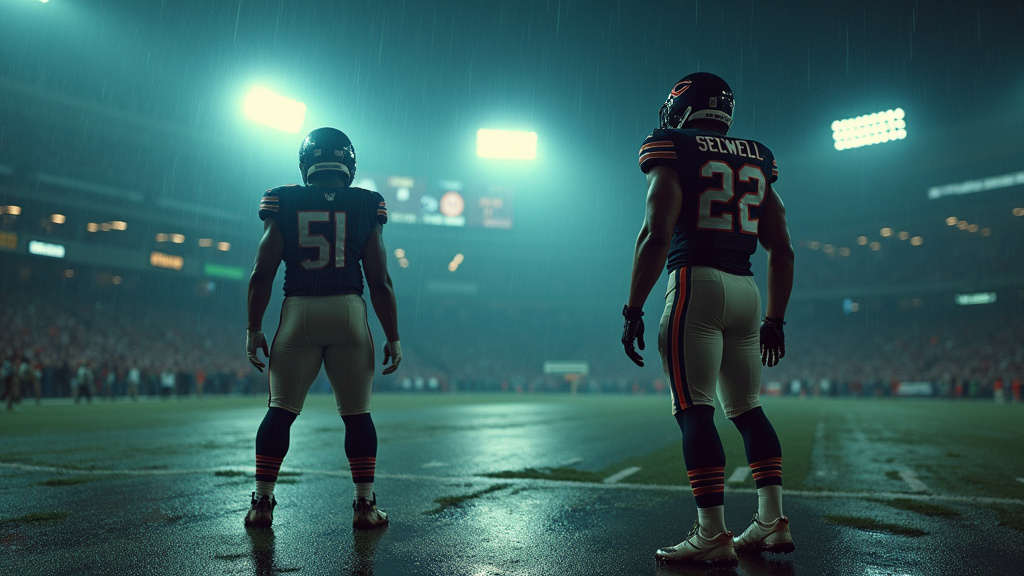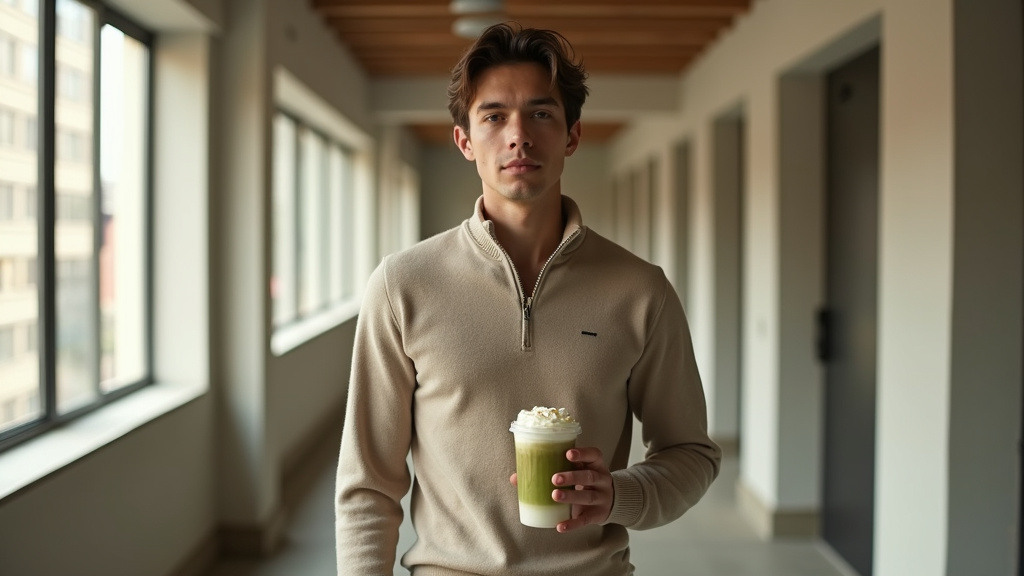CHICAGO, IL – In a deeply divided vote reflecting ongoing tensions over public safety and civil liberties, the Chicago City Council on Wednesday approved a contentious measure granting the Chicago Police Department (CPD) significant new powers to impose temporary, localized curfews. The ordinance, intended to address disruptive large gatherings often termed \”teen takeovers,\” passed by a narrow margin of 27-22.
The swift passage, however, was immediately met with opposition from the city’s top executive. Following the council session, Mayor Brandon Johnson publicly declared his intention to veto the ordinance, setting the stage for a potential political showdown over the scope of police authority and the rights of young people in public spaces.
The Ordinance: Granting CPD \”Snap Curfew\” Authority
The approved ordinance, debated intensely by aldermen, empowers the CPD to declare what proponents have termed \”snap curfews.\” Unlike standard, citywide curfews which have fixed times based on age, these temporary curfews could be rapidly enacted by police commanders in specific areas deemed to be experiencing or anticipating a disruptive large gathering, particularly those associated with \”teen takeovers.\”
Supporters argue this tool is necessary to provide law enforcement with the flexibility needed to quickly disperse large crowds that can block traffic, cause property damage, or lead to other forms of disorder. They point to incidents involving hundreds or even thousands of young people gathering downtown or in other neighborhoods, sometimes resulting in chaotic scenes.
The proponents on the City Council who pushed the measure believe existing tools are insufficient to manage these dynamic and rapidly forming events. The \”snap curfew\” authority is envisioned as a targeted intervention, allowing police to declare a specific area off-limits to minors for a limited time period, thereby mitigating potential for unrest and ensuring public safety.
City Council Division: The 27-22 Vote
The vote tally of 27-22 underscores the lack of consensus within the 50-member City Council on the appropriate response to the issue of large, unauthorized youth gatherings. The narrow victory for the ordinance’s proponents suggests significant reservations among nearly half of the council members.
The debate leading up to the vote reportedly touched upon various concerns, including the potential for the ordinance to disproportionately affect young people, particularly those from marginalized communities, and questions regarding the practical enforceability and potential for misuse of such broad authority. Opponents voiced fears that giving police the power to declare instant curfews could infringe upon civil liberties and escalate rather than de-escalate situations.
The specific aldermen voting for or against reflect a complex alignment of priorities, balancing concerns about public safety and order with commitments to civil rights and equitable policing. The 27-22 count indicates that while a majority ultimately sided with granting the CPD this power, it was far from a unanimous decision, highlighting the deep divisions the proposal engendered.
Mayor Johnson’s Stance and Impending Veto
Immediately following the council’s approval, Mayor Brandon Johnson signaled his strong disapproval of the measure. His public statement indicating an intention to veto the ordinance sends a clear message about his administration’s approach to policing and youth engagement.
While the mayor’s specific reasons for the veto were not immediately detailed in the summary provided, mayoral vetoes often stem from concerns about legal challenges, civil rights implications, effectiveness, or a preference for alternative strategies to address the underlying issues leading to large youth gatherings. Mayor Johnson’s political platform has historically emphasized addressing root causes of crime and disorder through community investment and youth programming, rather than solely through punitive measures or increased police powers.
A mayoral veto would send the ordinance back to the City Council. To override a mayoral veto, the council would require a supermajority vote, typically 34 votes in Chicago. Given the original vote was 27-22, mustering the additional seven votes needed to override the veto would be a significant challenge for the ordinance’s supporters, making the mayor’s veto likely to be the final word on the measure unless considerable political maneuvering occurs.
Broader Implications and Next Steps
The controversy surrounding the \”snap curfew\” ordinance highlights a broader debate in Chicago and other major cities regarding how best to manage public spaces, ensure safety, and engage with its youth population. Critics of the ordinance argue that spontaneous gatherings are a symptom of a lack of safe, accessible, and engaging opportunities for young people, and that punitive measures like \”snap curfews\” do little to address these root causes.
The mayor’s impending veto suggests a preference for alternative approaches, potentially focusing on proactive measures, community-led initiatives, and addressing the social and economic factors that may contribute to young people gathering in disruptive ways.
The focus now shifts to Mayor Johnson’s office, awaiting the formal issuance of the veto. Once the veto is issued, the City Council will have the opportunity to attempt an override vote. The narrow margin of the initial passage, 27-22, suggests an override is improbable under the current political landscape within the council.
This episode underscores the ongoing tension between different philosophies on maintaining public order in Chicago and represents a significant point of disagreement between the City Council majority that supported the ordinance and the Mayor’s administration. The future of granting CPD \”snap curfew\” authority now rests on the mayor’s actions and the council’s potential, albeit challenging, response.


